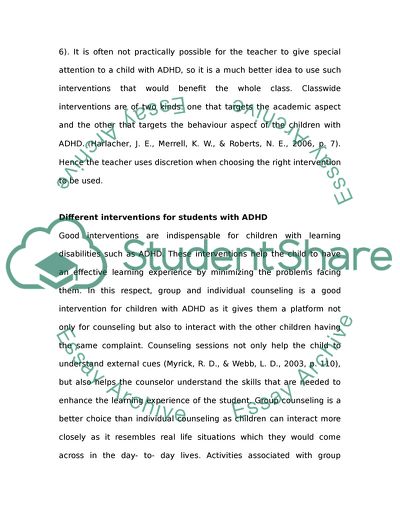Cite this document
(Yoga As an Intervention for Children with Attention Problems Case Study, n.d.)
Yoga As an Intervention for Children with Attention Problems Case Study. Retrieved from https://studentshare.org/social-science/1741626-which-interventions-address-the-behavioural-problems-of-children-with-adhd
Yoga As an Intervention for Children with Attention Problems Case Study. Retrieved from https://studentshare.org/social-science/1741626-which-interventions-address-the-behavioural-problems-of-children-with-adhd
(Yoga As an Intervention for Children With Attention Problems Case Study)
Yoga As an Intervention for Children With Attention Problems Case Study. https://studentshare.org/social-science/1741626-which-interventions-address-the-behavioural-problems-of-children-with-adhd.
Yoga As an Intervention for Children With Attention Problems Case Study. https://studentshare.org/social-science/1741626-which-interventions-address-the-behavioural-problems-of-children-with-adhd.
“Yoga As an Intervention for Children With Attention Problems Case Study”. https://studentshare.org/social-science/1741626-which-interventions-address-the-behavioural-problems-of-children-with-adhd.


